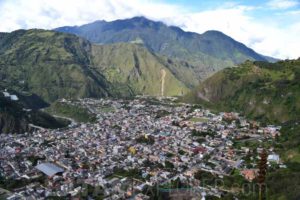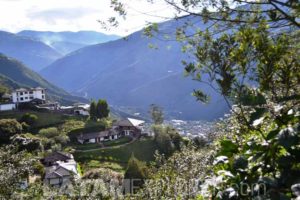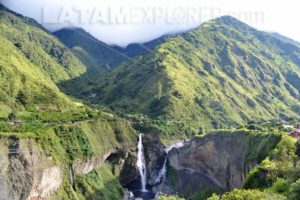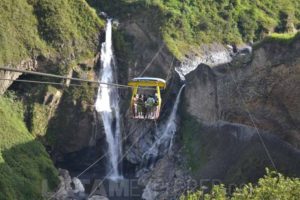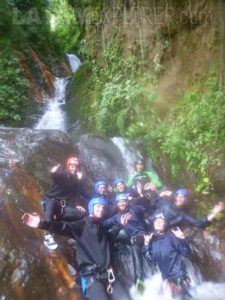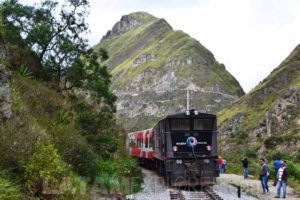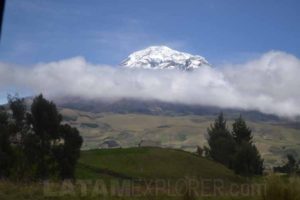Home > Destinations > Ecuador > Central Highlands
Central Highlands
Leaving the capital, Quito, behind and heading towards the south of the country, the Andes rise in dramatic fashion forming what the German scientist Alexander von Humbolt, when exploring the region in the early 19th century called "the Volcanoes' Avenue". This stretch of the Pan-American Highway covering about 200km (125mi) from Quito to Riobamba passes by some of the most beautiful mountain landscapes in all of Ecuador.
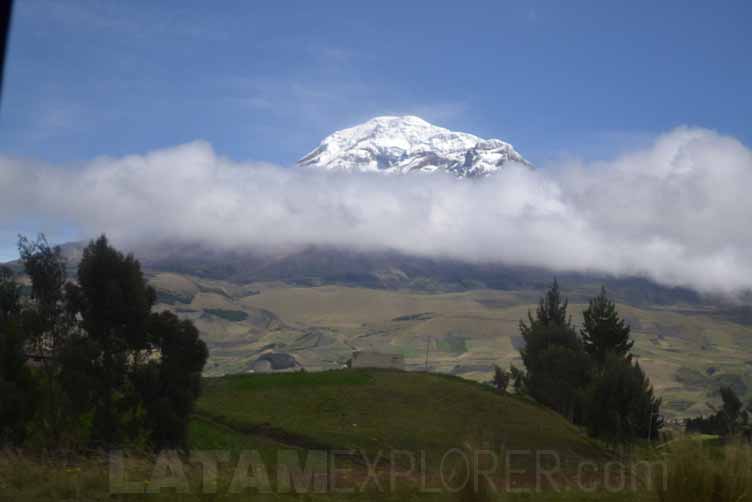
Located immediately north of Riobamba, the Chimborazo volcano, currently inactive, is the highest mountain in Ecuador, reaching 6,263m (20,548ft) above the sea level. Curiously, this is also the point on the Earth's surface further away from the center of the planet, located about 2.1km (1.3mi) further than the Everest. Although it is slightly smaller, the Cotopaxi (5,897m, or 19,397ft) usually catches more of the tourists' attention thanks to it almost perfectly conic ice-covered volcanic summit. Despite the fact that it is still active, with more than 50 eruptions recorded in the past 300 years, the Cotopaxi is a popular destination for locals and visitors to Quito, due to its proximity to the national capital.
About 150km (90mi) south of Quito, near Ambato, the Pan-American Highway branches towards the Amazon jungle. On this road, 40km (25mi) from Ambato, we find one of the most popular touristic destinations of Ecuador: Baños de Agua Santa. Baños, as it is commonly known, is located at an altitude of 1,820m (5,970ft), which allows for pleasant temperatures year-round: it is noticeably warmer than Quito, but not as hot as the jungle. The city is located in the base of the Tungurahua volcano, which has presented some intense activity throughout this decade.
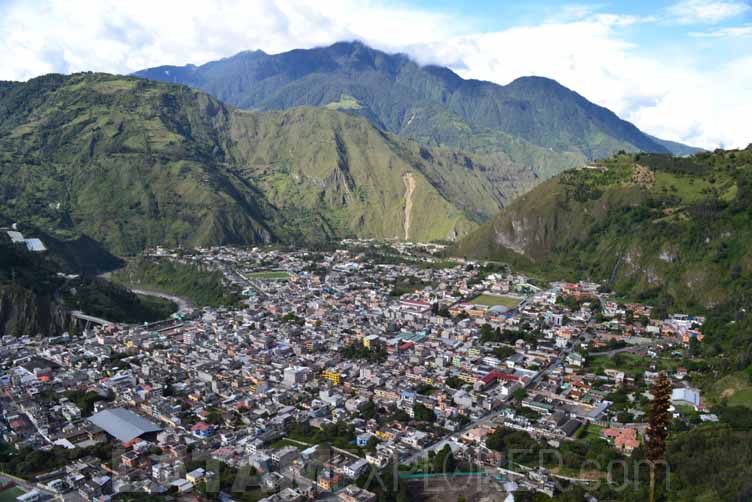
Baños is not exactly an attractive city on its own. Home to some 15,000 people, it functions mainly as a service hub, offering hotels, restaurants and travel agencies for the visitors, who flock in searching for the outdoor activities available nearby. The range of activities offered around Baños spam from the relaxation provided by the hot springs to programs designed for those willing to get an adrenaline boost, like rafting and canyoning. Baños, by the way, got its name borrowed from the area's hot springs (Baños means Baths in Spanish) which, thanks to the high levels of sulfur and other minerals may ease muscle pains and kidney problems.
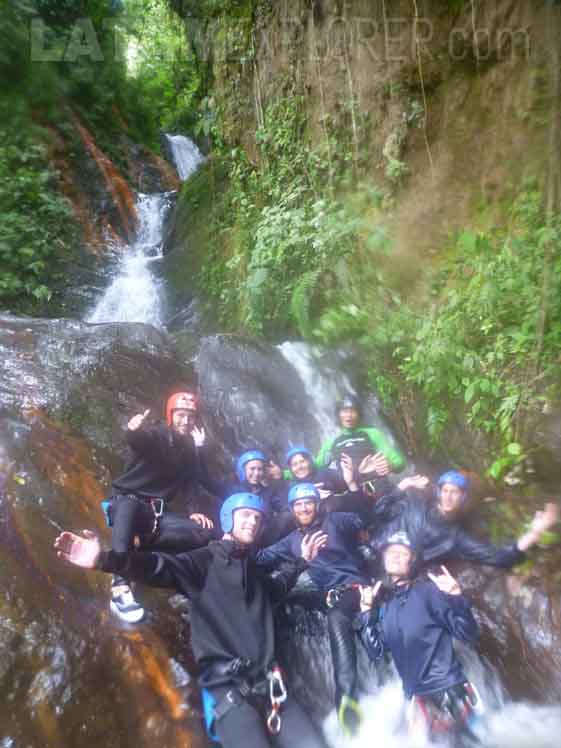
Be it renting a bike for the day or horse riding through the mountain trails, gliding through the treetops on a canopy ride or bungee-jumping from a bridge, reducing your stress levels in one of the many massage rooms in the city or riding through the city aboard a party chiva, there are enough options to be entertained for several days in the area. Besides, Baños is a great place to hire and begin an excursion to the Ecuadorian Amazon.
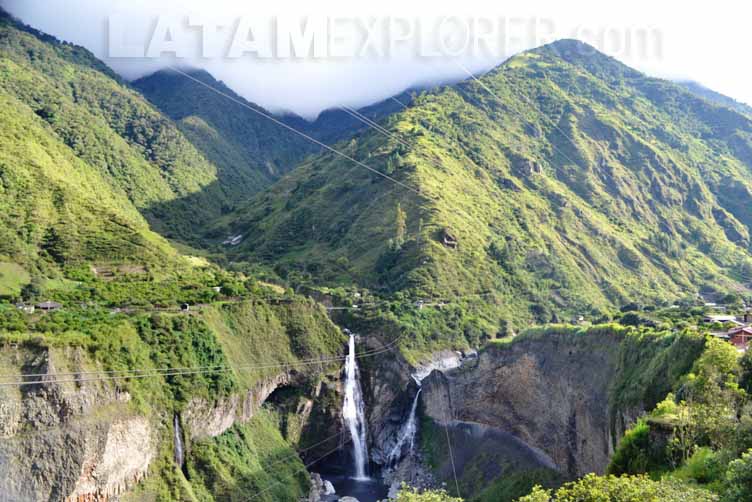
Returning to the Pan-American Highway, and continuing 90km (55mi) south of Riobamba, we get to Alausí. This city meets pretty much all the requirements needed to be left out of the plans of the average traveler, except for one thing: the segment of the Trans-Andean railroad between Alausí and Sibambe is particularly awesome and deserves a ride. In total, you will descend from 2,340m (7,680ft) to 1,400m (4,590ft), with more than 500m (1,640ft) of these navigated in only 12km (7.5mi). The station in Sibambe receives each train with folkloric displays, while it is also possible to admire a rock feature know as the "Devil's Nose" from the station. This segment of the railroad can be visited independently, on a special train making the roudtrip between Alausí and Sibambe, or as part of the complete Trans-Andean trip between Quito and Guayaquil, in a touristic four days long trip.
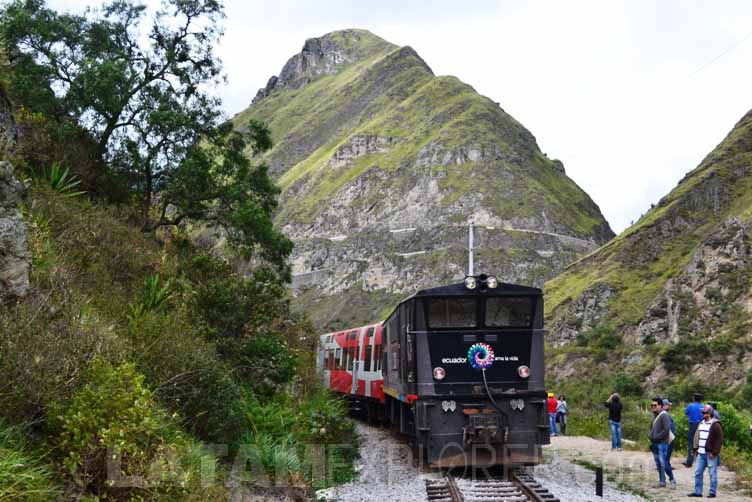
Continuing on the Pan-American Highway for another 160km (100mi) from Alausí, you will reach Ecuador's third largest city: Cuenca. Guayaquil is about 200km (125mi) away.
